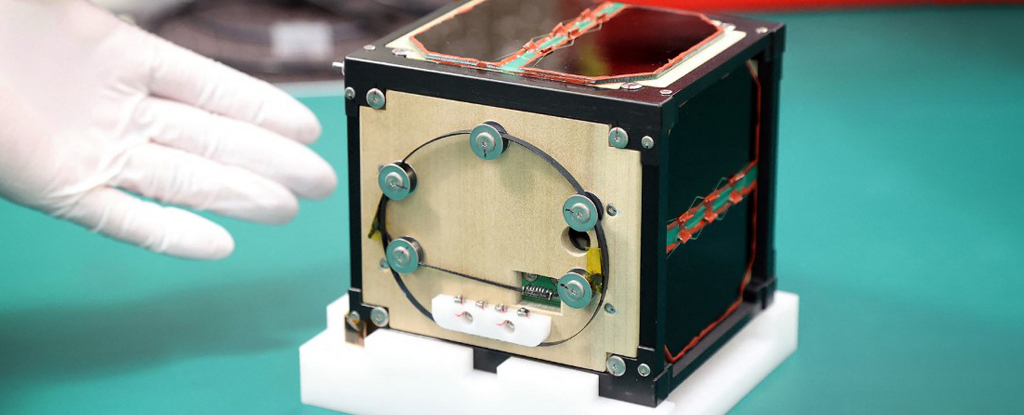A satellite made of wood actually orbits the Earth
- May 30, 2024
- 0
The world’s first wooden satellite has been created by Japanese researchers who say their tiny cube-shaped device will be launched aboard a SpaceX rocket in September. Developed by
The world’s first wooden satellite has been created by Japanese researchers who say their tiny cube-shaped device will be launched aboard a SpaceX rocket in September. Developed by

The world’s first wooden satellite has been created by Japanese researchers who say their tiny cube-shaped device will be launched aboard a SpaceX rocket in September. Developed by scientists at Kyoto University and logging company Sumitomo Forestry, the experimental satellite measures just 10 centimeters (four inches) on each side.
The creators expect the wood material to burn completely when the device re-enters the atmosphere; This would potentially provide a way to prevent the formation of metal particles when the decommissioned satellite returns to Earth. These metal particles could have adverse effects on the environment and telecommunications, developers said in announcing the satellite’s completion on Tuesday.
“Satellites that are not made of metal should become mainstream,” Takao Doi, an astronaut and special professor at Kyoto University, said at a press conference.
Next week, developers plan to deliver a satellite called LignoSat, made of magnolia wood, to space agency JAXA. They said that it will be sent into space on a SpaceX rocket from the Kennedy Space Center to the International Space Station (ISS) in September. From there, the satellite will be launched from the ISS’s Japanese Experiment Module to test its strength and durability.
“Data will be sent from the satellite to researchers who can check for signs of deformation and whether the satellite can withstand large temperature changes,” a Sumitomo Forestry spokesman told AFP on Wednesday. said.
Also Tuesday, a rocket with a separate complex satellite, a joint project of the European Space Agency (ESA) and JAXA, took off from California to investigate the role clouds may play in combating climate change. The EarthCARE satellite will orbit approximately 400 kilometers (250 miles) above Earth for three years.
Source: Port Altele
As an experienced journalist and author, Mary has been reporting on the latest news and trends for over 5 years. With a passion for uncovering the stories behind the headlines, Mary has earned a reputation as a trusted voice in the world of journalism. Her writing style is insightful, engaging and thought-provoking, as she takes a deep dive into the most pressing issues of our time.